Unfortunately, there is no picture left of the first version of the building at 17 Üllői Road, but it is known that it had been the home to economic officials and more prestigious staff of the Count Károlyi Family since the early 1810s. For example, anyone who wanted to lease a Károlyi Estate anywhere in the country, if they did not live closer to Nagykároly, had to make a pilgrimage to this house or contact the count's accountant here by letter.
.jpg)
The house at 17 Üllői Road in 2022 (Photo: Ferencváros Local History Collection)
This house was also the site of the count's treasury, which was managed by the personal secretary of György Károlyi (1802–1877), László Bártfay. The secretary is a little-known but more important figure in the history of Hungarian literature. He was born in 1797 in Felsővadász, near Miskolc, and joined the count's family in 1819 as a young jurat. He had been attracted to literature since he was a child, and all his free time had been devoted to prose and poetry. When he got to Pest, he met Károly Kisfaludy, who at this time started to organise a literary community.
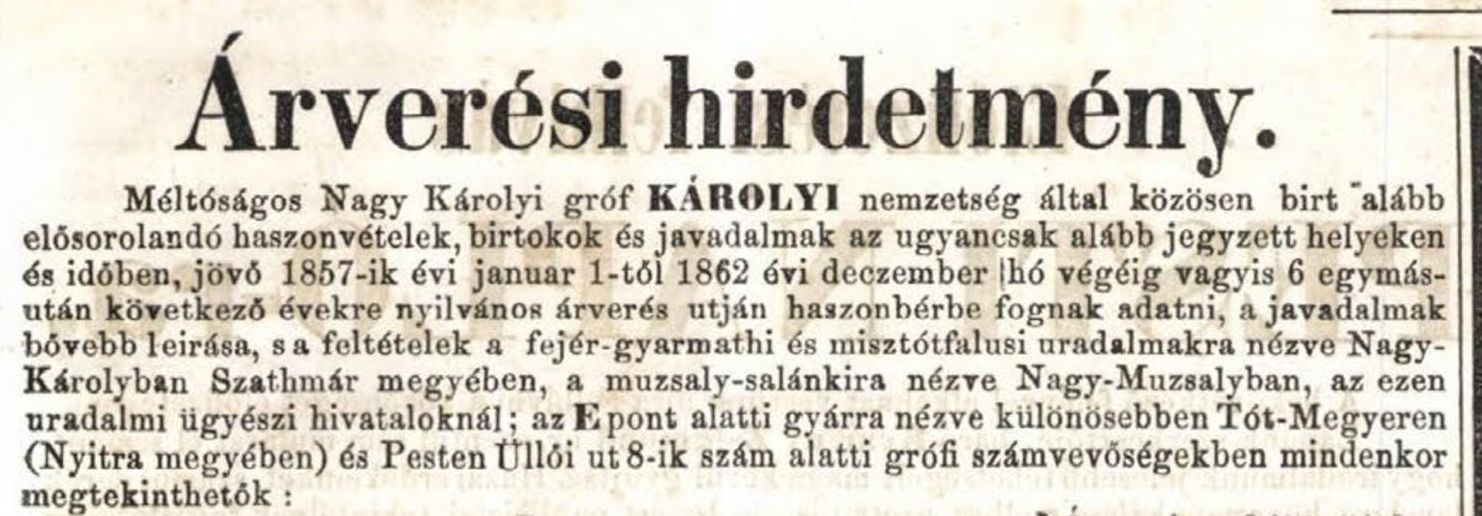
Excerpt from the 1858 issue of Politikai Ujdonságok
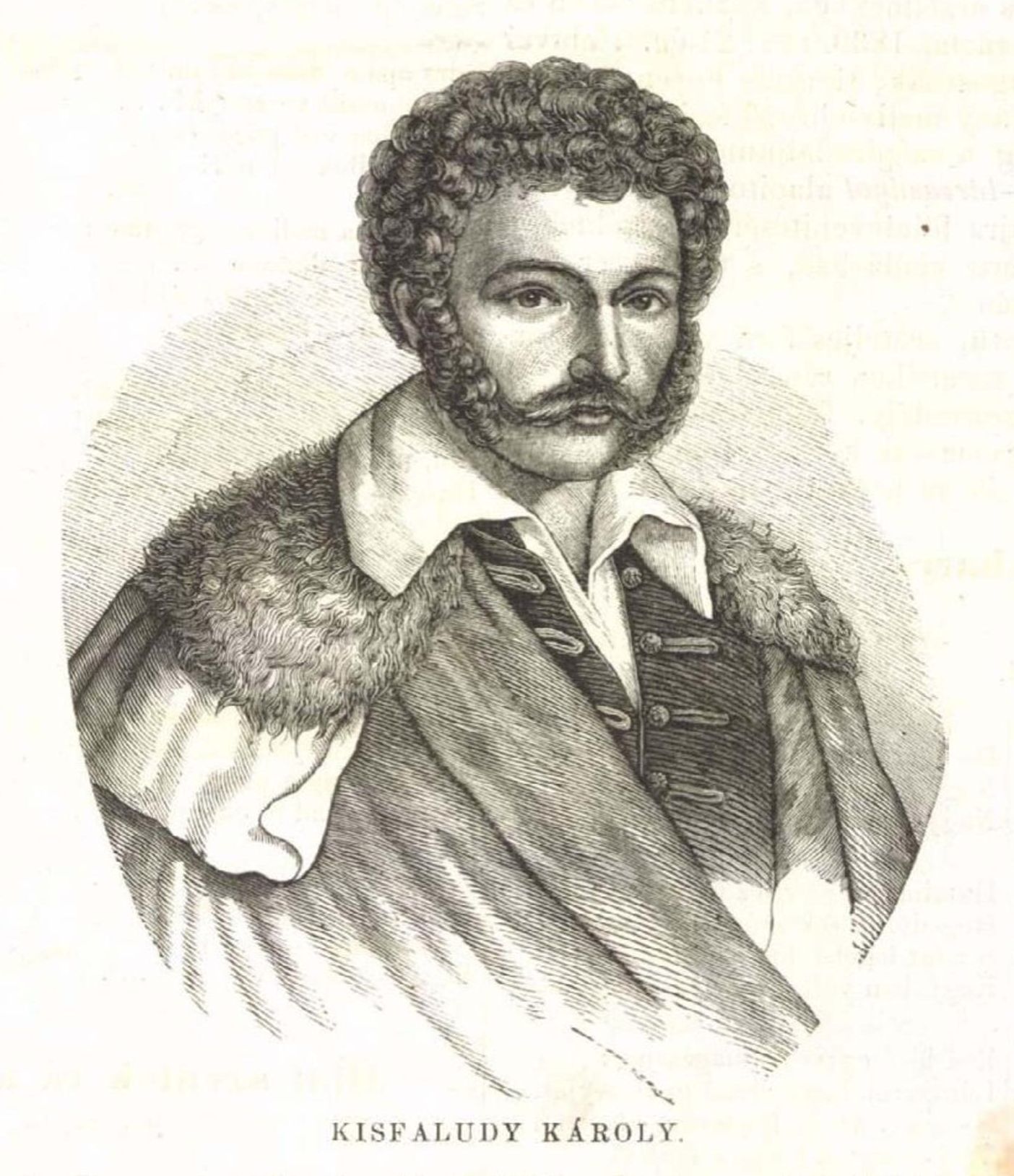
Woodcut from the 25 July 1858 issue of Vasárnapi Ujság
Károly Kisfaludy started the Auróra pocketbook in 1822, which was published once a year and showed the latest works of contemporary poets and writers. Through him, László Bártfay became acquainted with these artists, and he even began to correspond with several of them, sometimes sending them the first versions of a poem or narration. In 1826, when Bártfay got married, he offered his home on Üllői Road to a group of writers already known as the Auróra Circle.
Ferenc Kazinczy, when he was in Pest, always visited Bártfay's home, but regular visitors included the philosopher Gusztáv Szontagh, the translator and publisher Mihály Helmeczy, József Bajza, Ferenc Deák, or another excellent figure in language renewal, Pál Bugát, a medical professor. Vörösmarty often read his works out loud here.
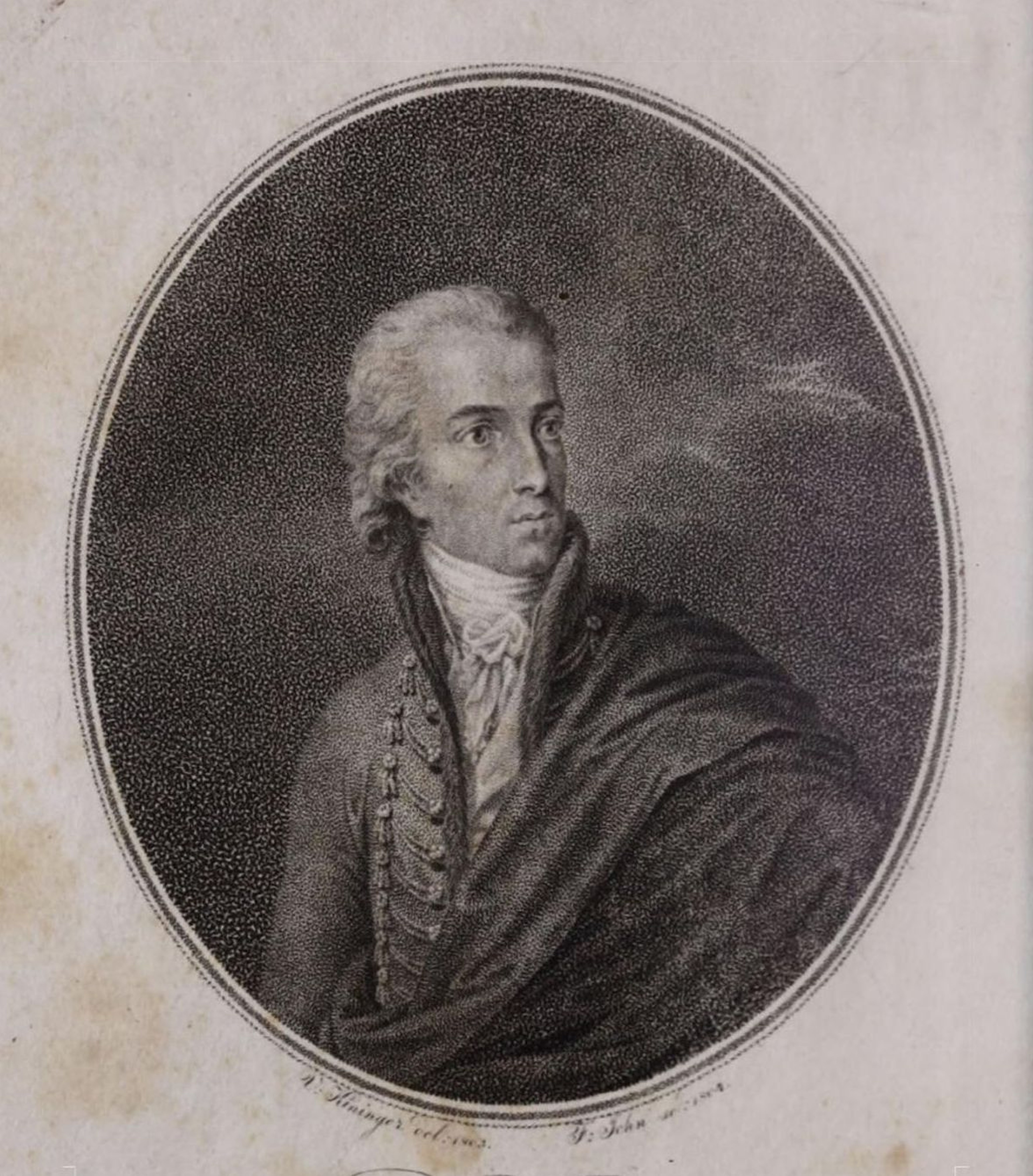
Picture of Ferenc Kazinczy from the 1832 volume of the Felső Magyar-Országi Minerva
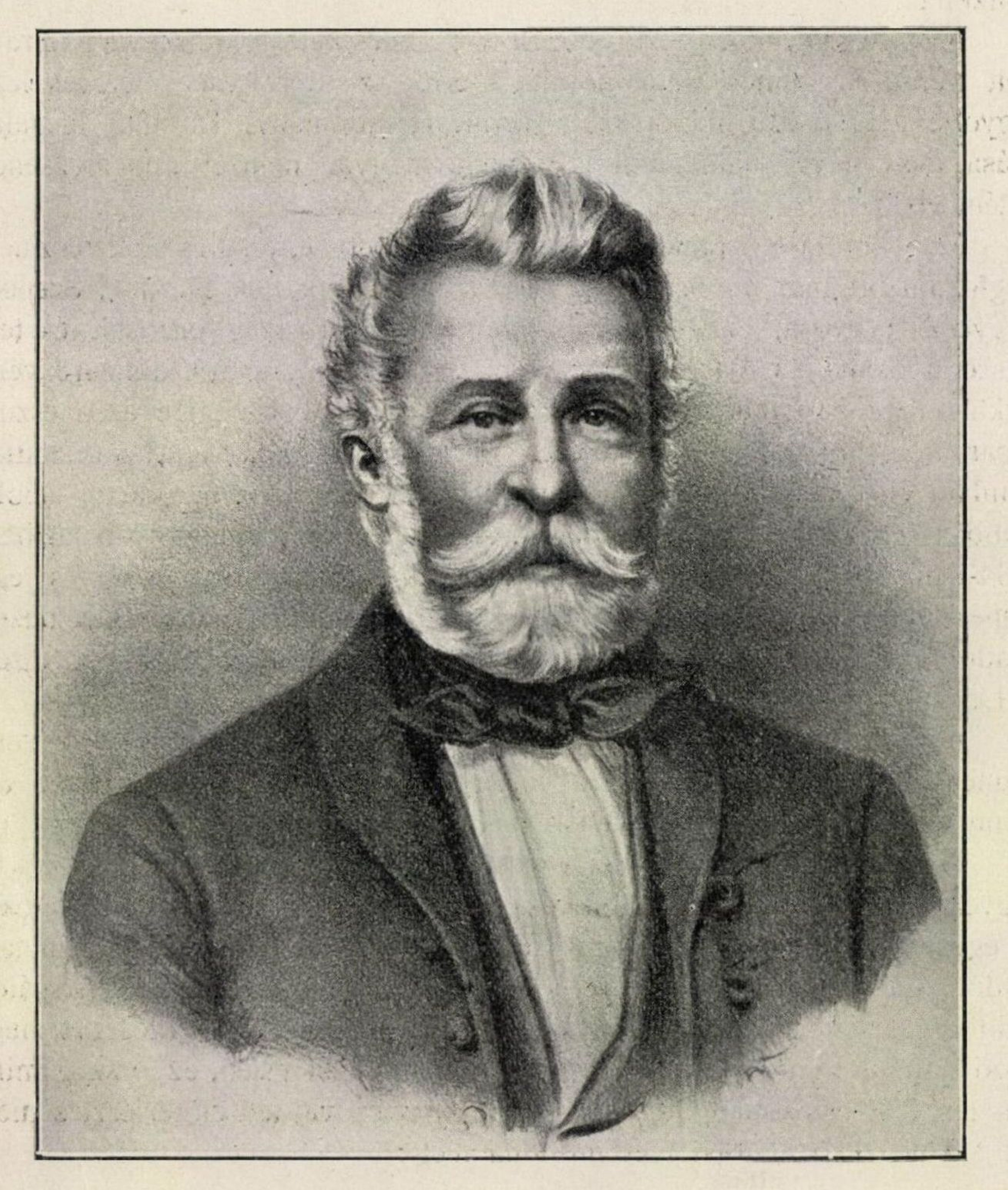
Portrait of Pál Bugát from the 1915 volume of the Természettudományi Közlöny
In the company of Ede Szigligeti's famous actors, Lendvay, Egressy and Megyery, he met and talked here with András Fáy about the need for a permanent Hungarian theatre. Painter Miklós Barabás and sculptor István Ferenczy also often came here to discuss the issues of fine art. Gergely Czuczor and Ferenc Toldy were also regular guests at 17 Üllői Road.
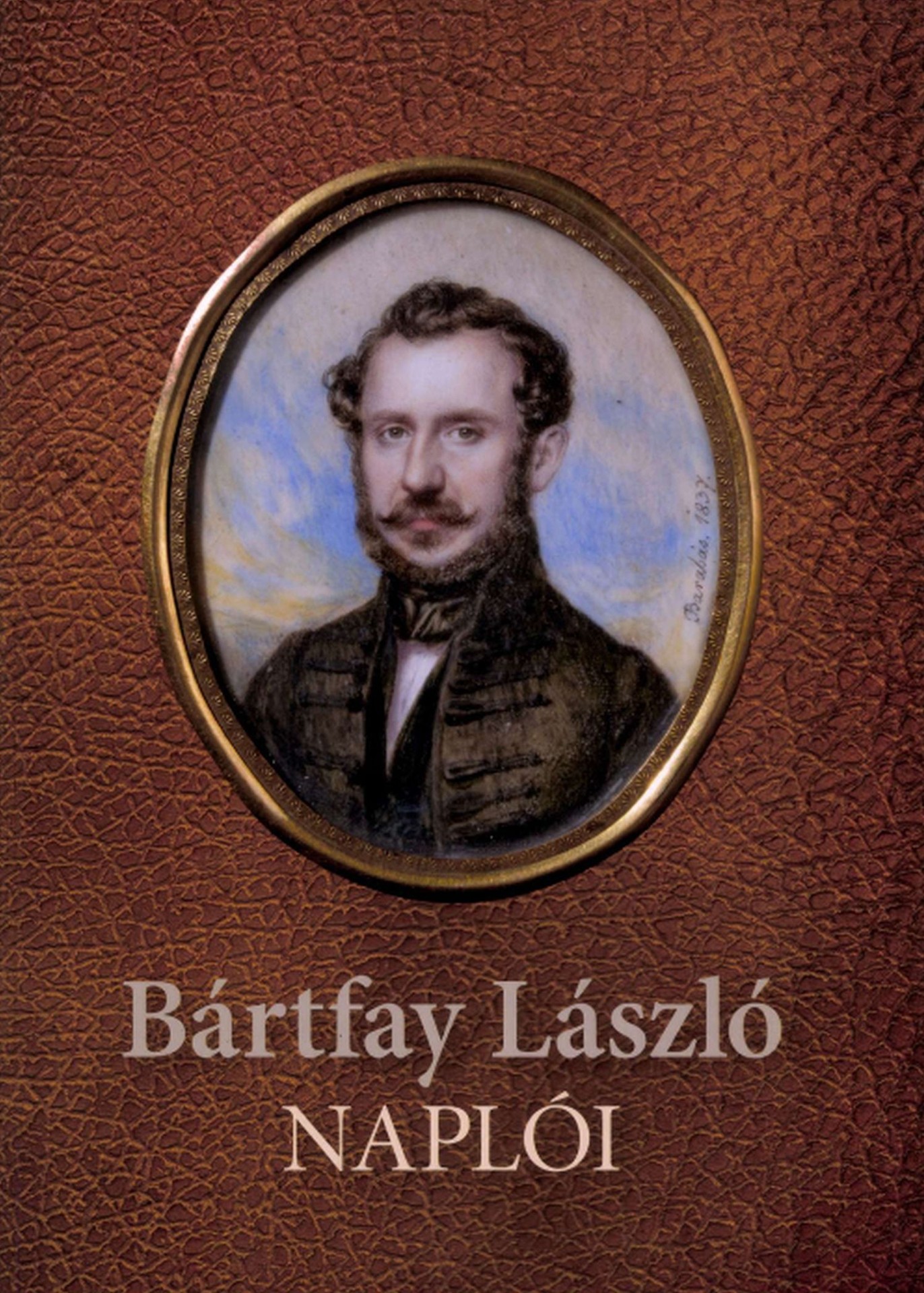
The cover of László Bártfay's diary
László Bártfay also became friends with Miklós Wesselényi. When the Transylvanian baron was in Pest and visited György Károlyi, he spent several nights in the Bártfay apartment. We know this from Bártfay himself, whose most important literary work was his diary from January 1838 to December 1841 (which was made available to the public in 2010 when it was published in book form), one of the most interesting parts of which is the recording of the events of the great flood of 1838, including the recording of Wesselényi's rescue work. The greatest natural disaster in the history of the capital also damaged 17 Üllői Road and forced György Károlyi to relocate his secretary to his palace under Úri (now Károlyi) Street.
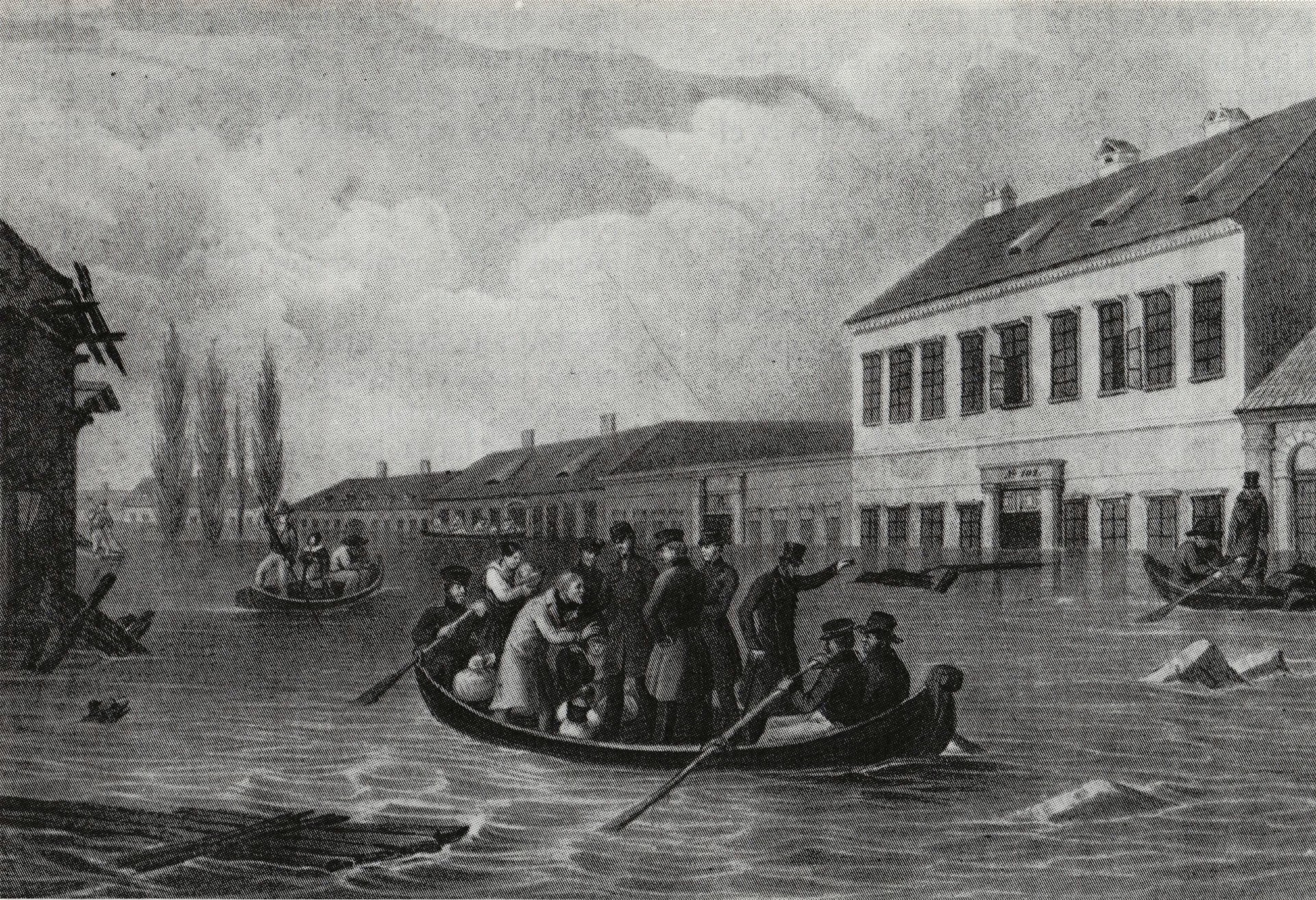
Fighting the flood on Üllői Road by Károly Klette (Source: Ferencváros Local History Collection)
At the same time, the Auróra Circle ceased to exist, the role of which was already taken over by the Kisfaludy Society two years earlier, of which Bártfay was not only a founding member but also an inspector.
So the house was badly damaged, and Károlyi commissioned Mihály Pollack to design a new, two-storey building to replace the old one. Miklós Ybl moved here in 1851, and he owed much to the Count's family even then. Several family members commissioned him to design their residential houses, and the architect, who was given more and more tasks since the 1870s, never forgot that he owed his first real work to György Károlyi (the reconstruction of the Károlyi Castle in Fót between 1845 and 1849 and the planning of the Church of the Immaculate Conception in Fót).
In the house, Ybl received not only accommodation but also an office, and during the 20 years he spent here he made plans for such magnificent buildings as the National Riding Hall, the Catholic Church in Nagycenk, the Lutheran Church in Kecskemét, today's Festetics- and Károlyi Palace on Pollack Mihály Square, the old House of Representatives on Bródy Sándor Street, the church on Bakáts Square, or the palace of the Pest First Savings Bank in Kálvin Square. When the latter was already in such a state, he and his family moved into the third-floor service apartment, and lived here until his death, in 1891.
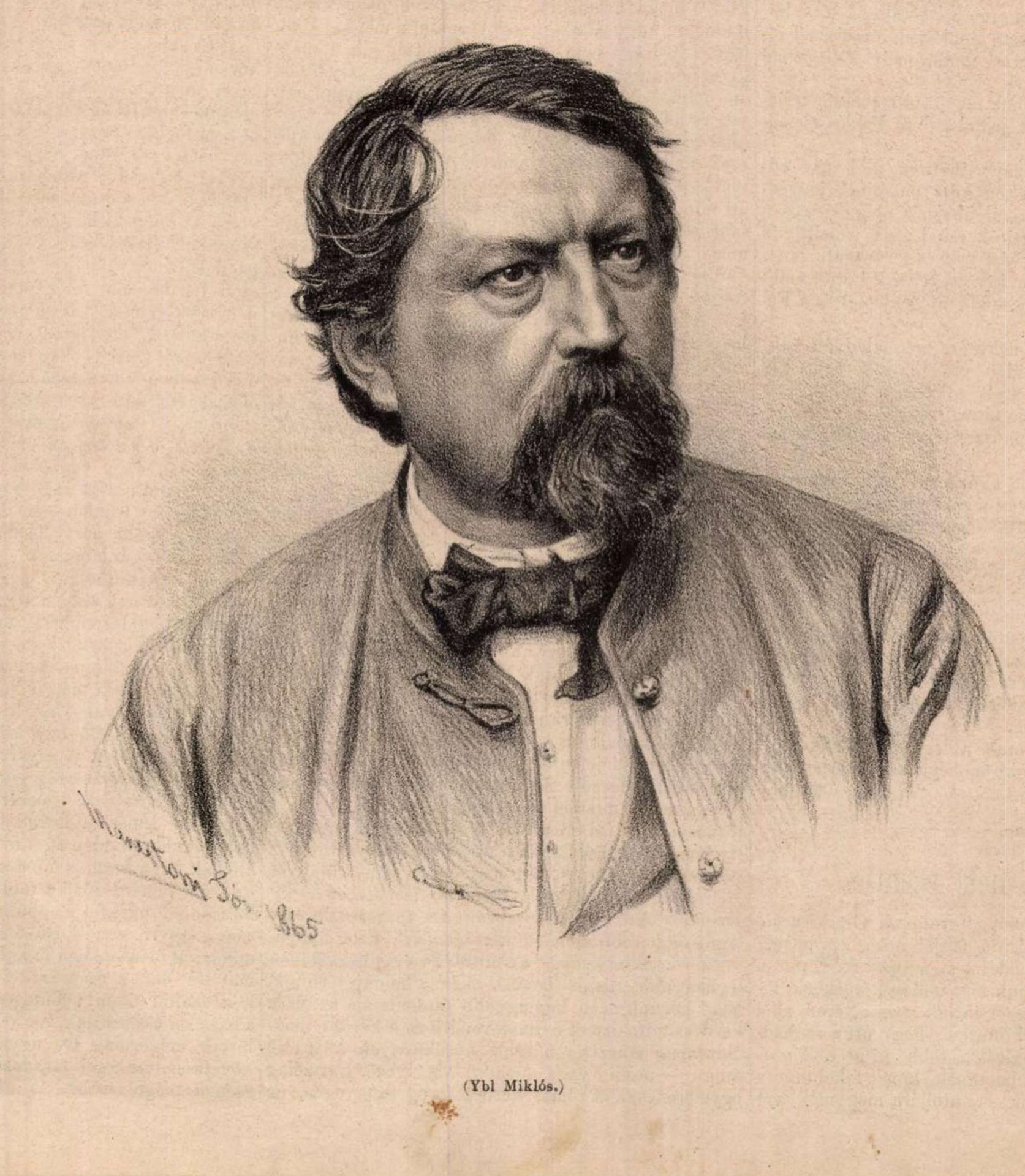
Portrait of Miklós Ybl from the 15 October 1865 issue of Magyarország és a Nagyvilág
However, he also has a lot to do with 17 Üllői Road as an architect. György Károlyi commissioned him to build in the hanging corridor in 1868, and then to plan the construction of a second floor and the relocation of the associated internal partitions. Ybl, who completed all the assignments with the same precision, completed the task, and asked Ignác Wechselmann, one of the greatest figures in Hungarian master builders, to carry it out. The building gained its final form, which is still visible today, by 1871.
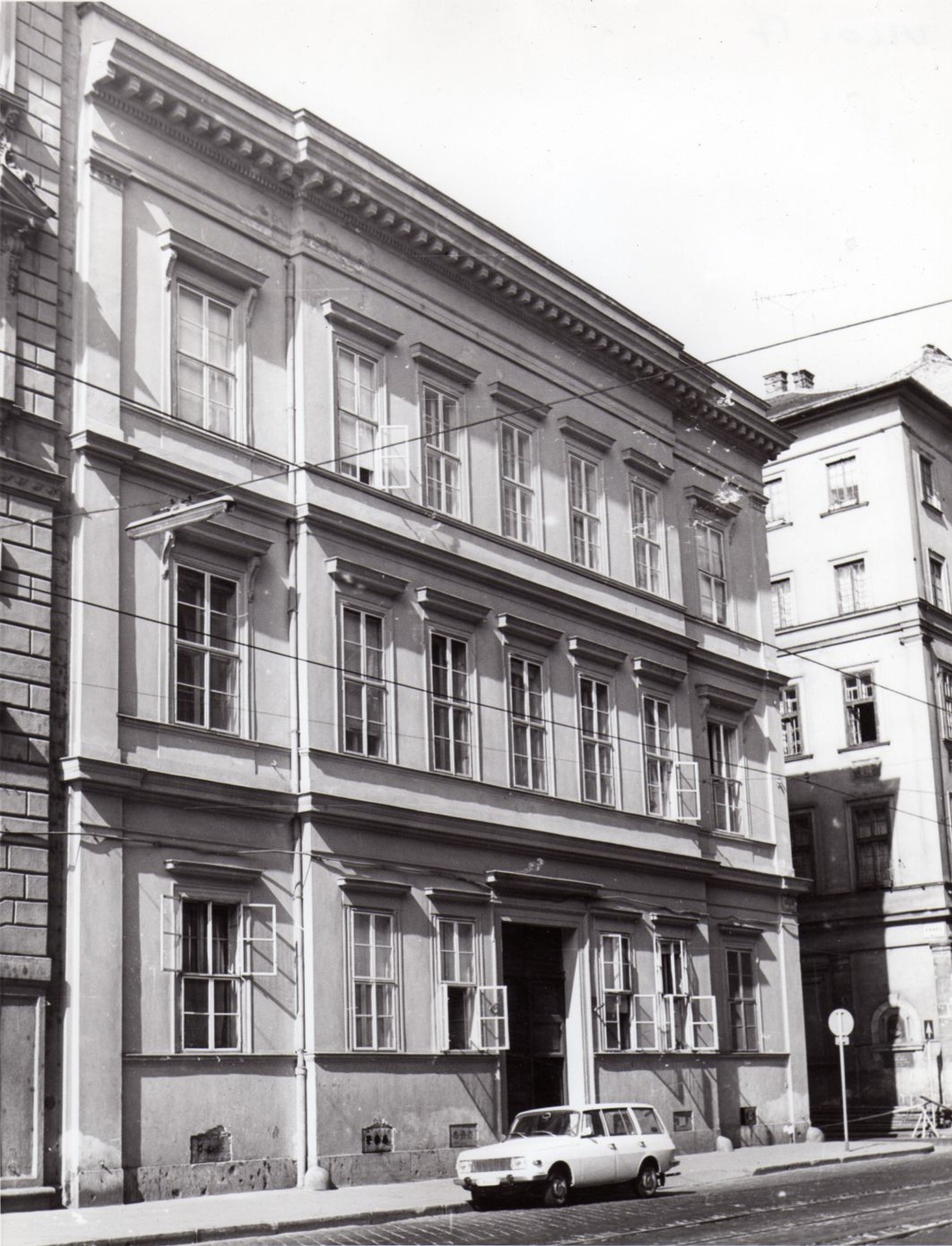
The house from Üllői Road in 1973 (Photo: Ferencváros Local History Collection)
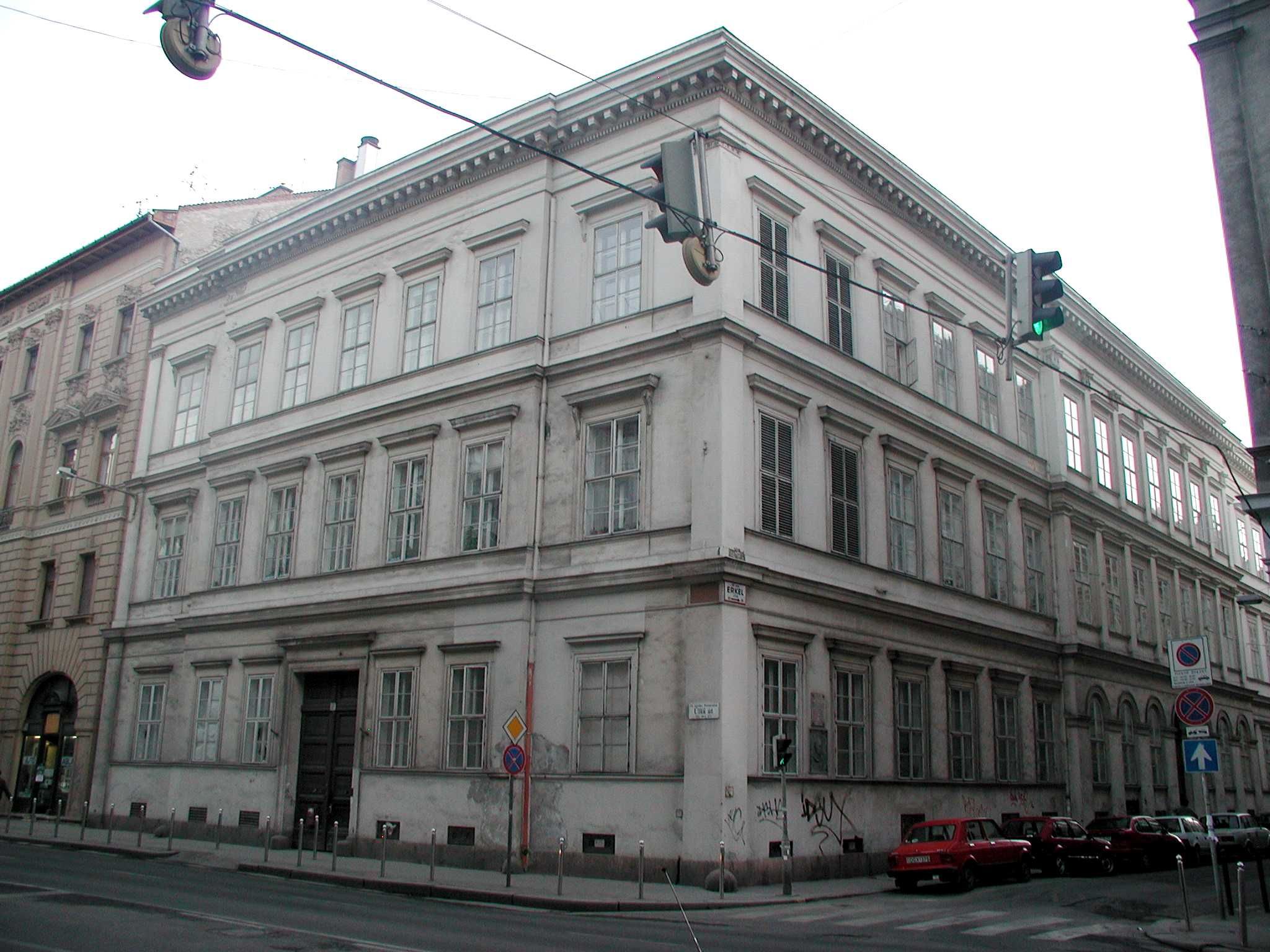
The house in 2003 (Photo: Ferencváros Local History Collection).jpg)
The house in 2022 (Photo: Ferencváros Local History Collection)
From then on, it operated as a residential house, with an average of three-room apartments providing a place for a decent civilian life for the residents here. However, two aristocrats still chose this house as one of their residences in Pest. One of them was the wife of Count Viktor Károlyi, Baroness Irma Orczy. Her husband was one of the sons of György Károlyi, after his death in 1888, Baroness Irma moved into this (Károlyi) house and lived on the second floor until 1909. The other person is also worth mentioning: Baron Béla Radvánszky (1849–1906), historian of culture and literature, politician, imperial and royal chamberlain, real inner secret counsellor, crown guard, president of the Hungarian Society of Heraldry and Genealogy.
One interesting thing was left out of the list, because in 1885 he married Kálmán Tisza's daughter, Paulina, and with that, he became related to the Tisza Family. By the way, the couple built their own residential house opposite, 16 Üllői Road, but an apartment here on the Ferencváros side also served their comfort. After Radvánszky's death, his widow lived for quite long and died in 1940.
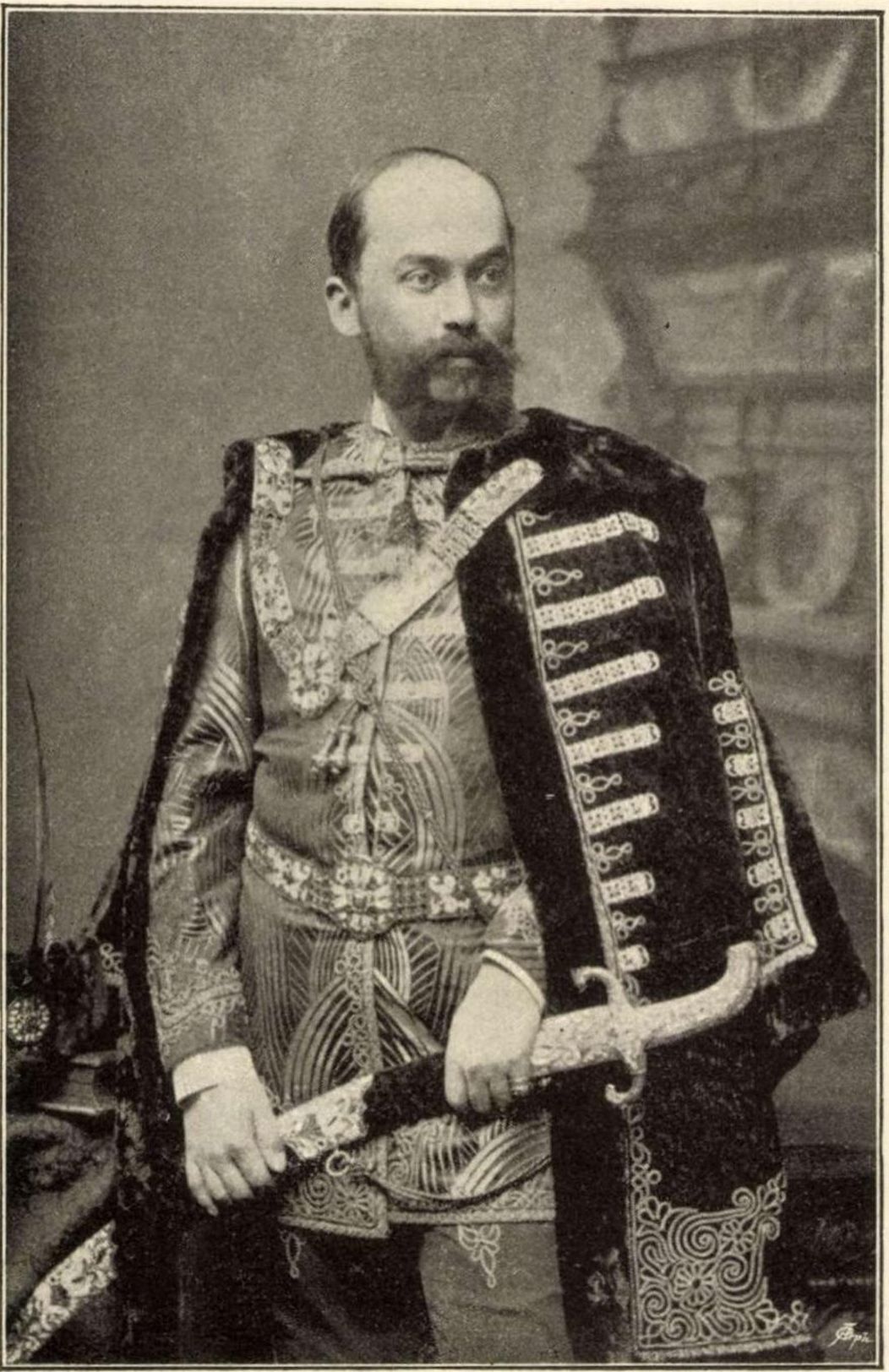
Photo by Radvánszky from the 17th issue of the Vasárnapi Ujság in 1895
The corner house could no longer boast of a nationally known figure, but it survived the siege of World War II, the nationalisation and the occasional operation of the Real Estate Management Company, which worsened rather than improved external and internal conditions. In 1988, a major renovation began, the results of which have survived to this day. However, the residents here still have to wait for a thorough renovation worthy of a real listed building.
The Erkel Street facade is disfigured by countless graffiti, and the plaster barely holds itself in many places. It would be good if this house, which is so important because of those who live here and those who once came here, could be completely reborn as soon as possible.
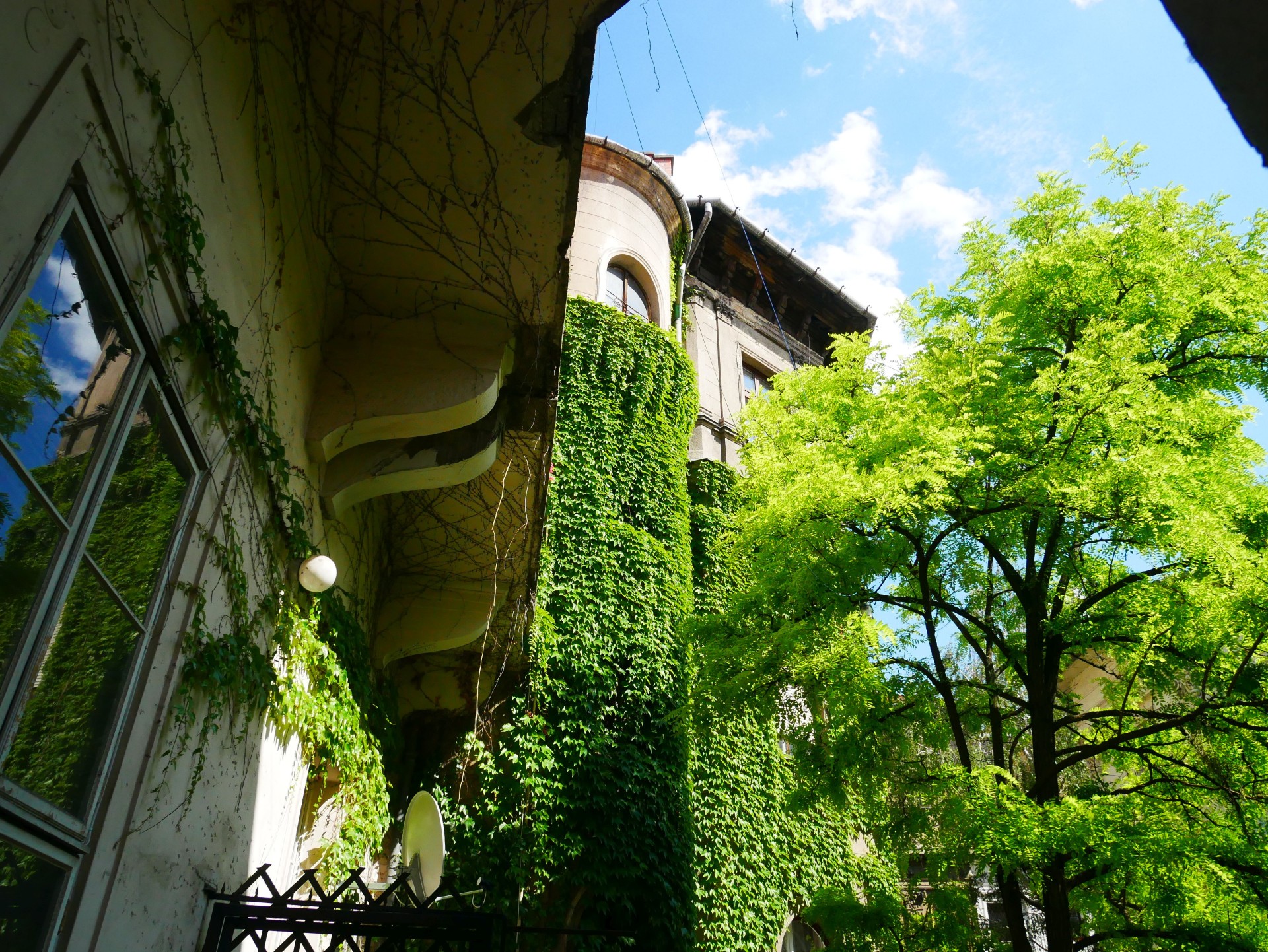
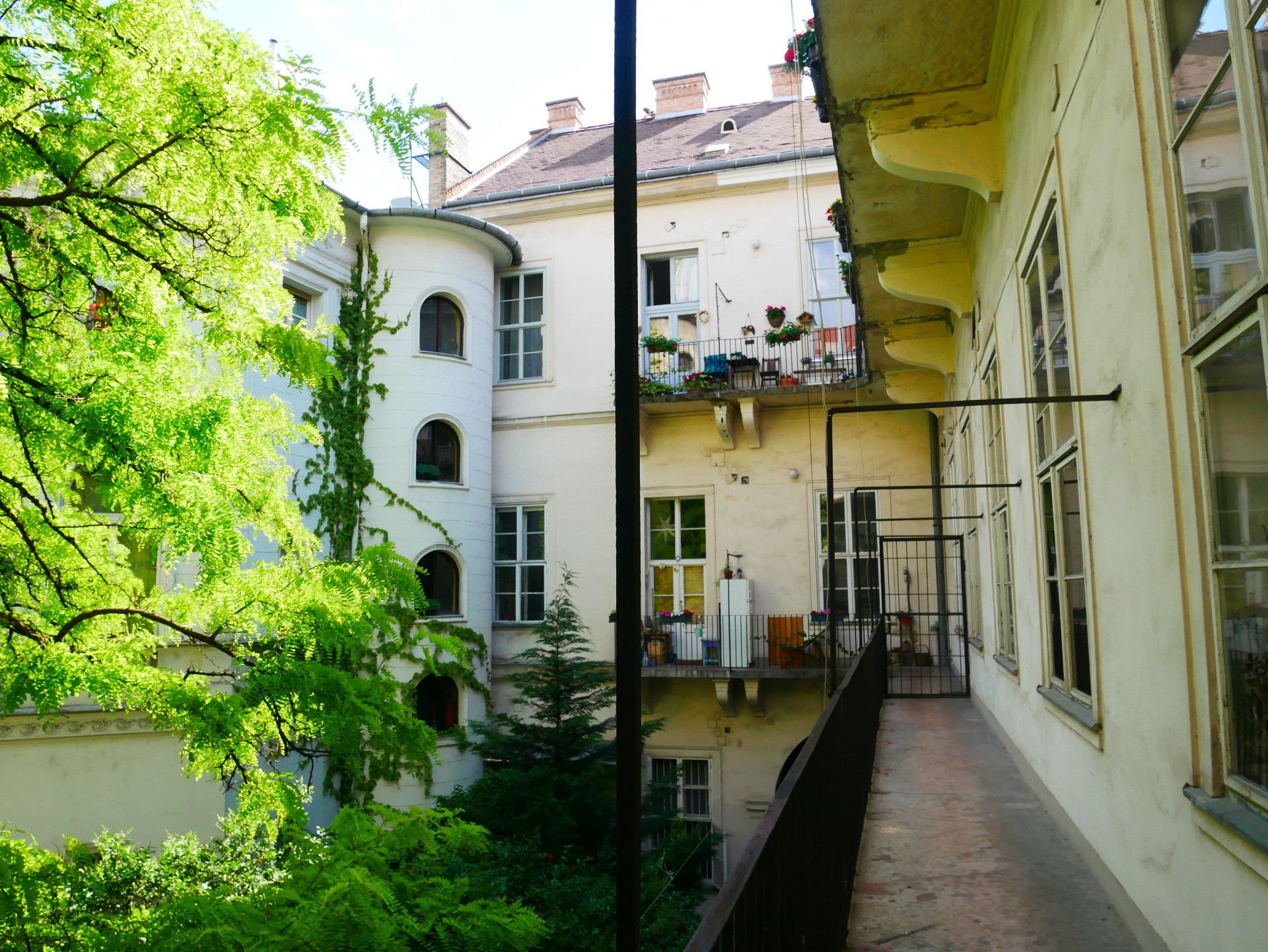
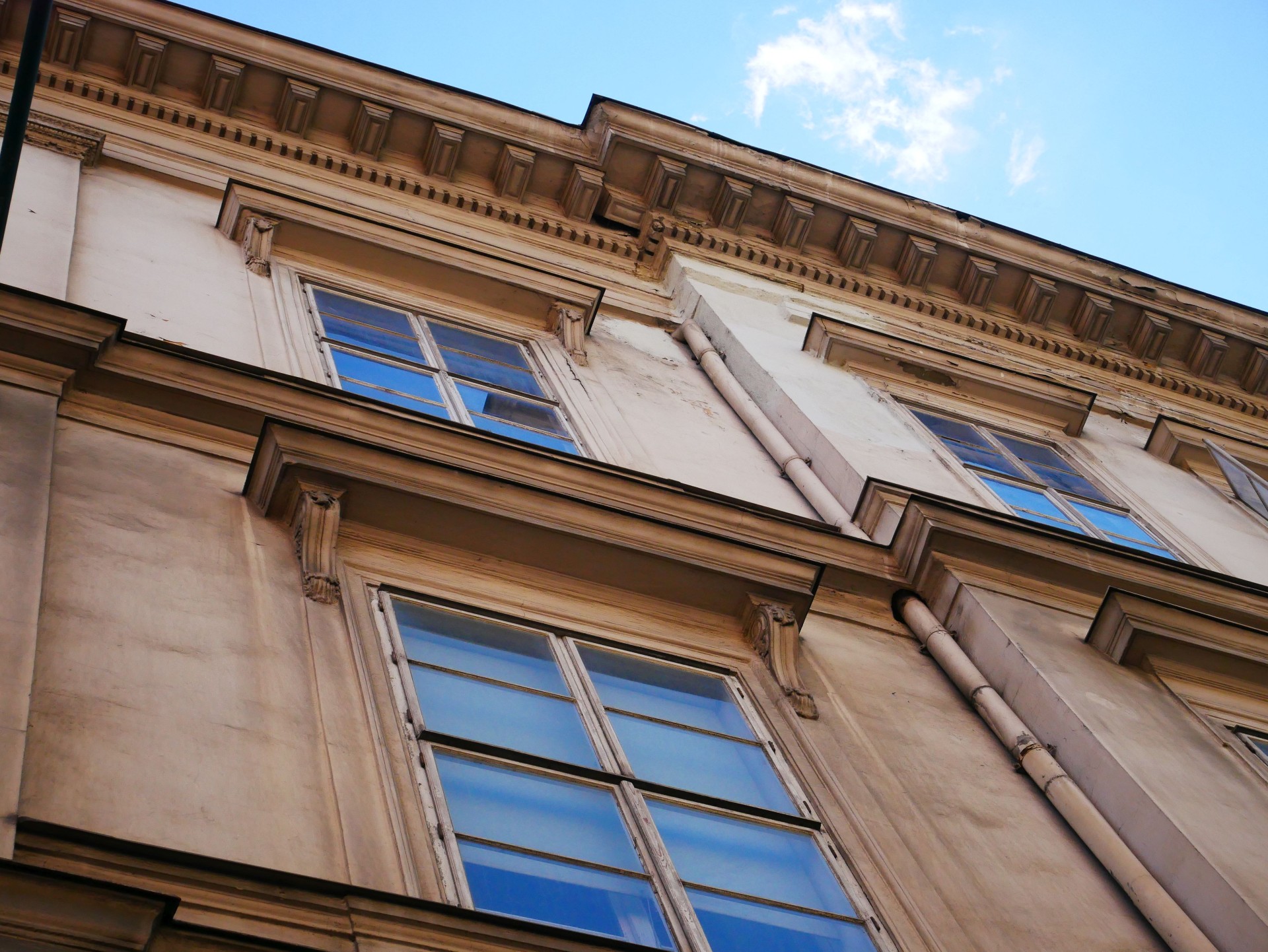
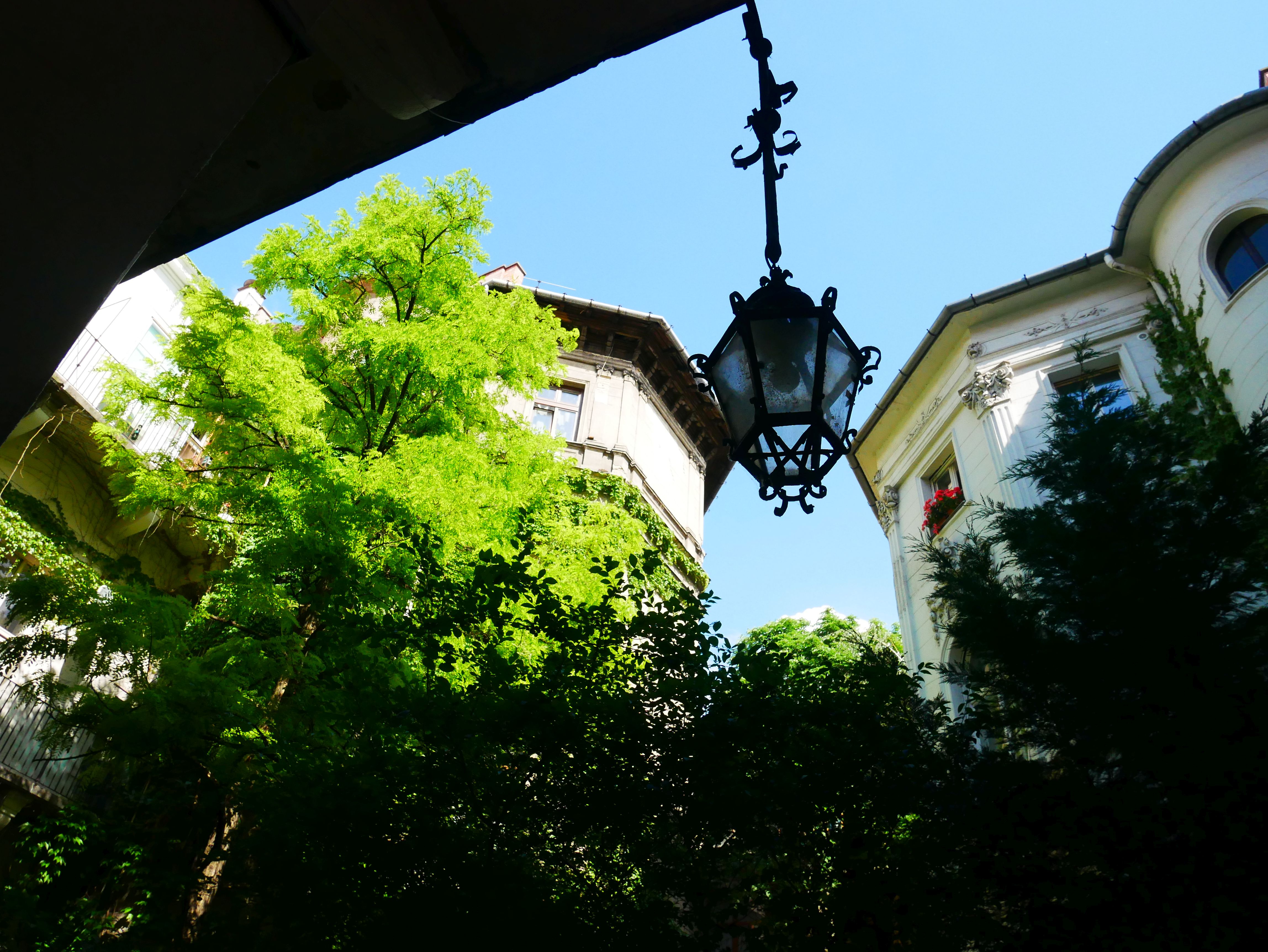
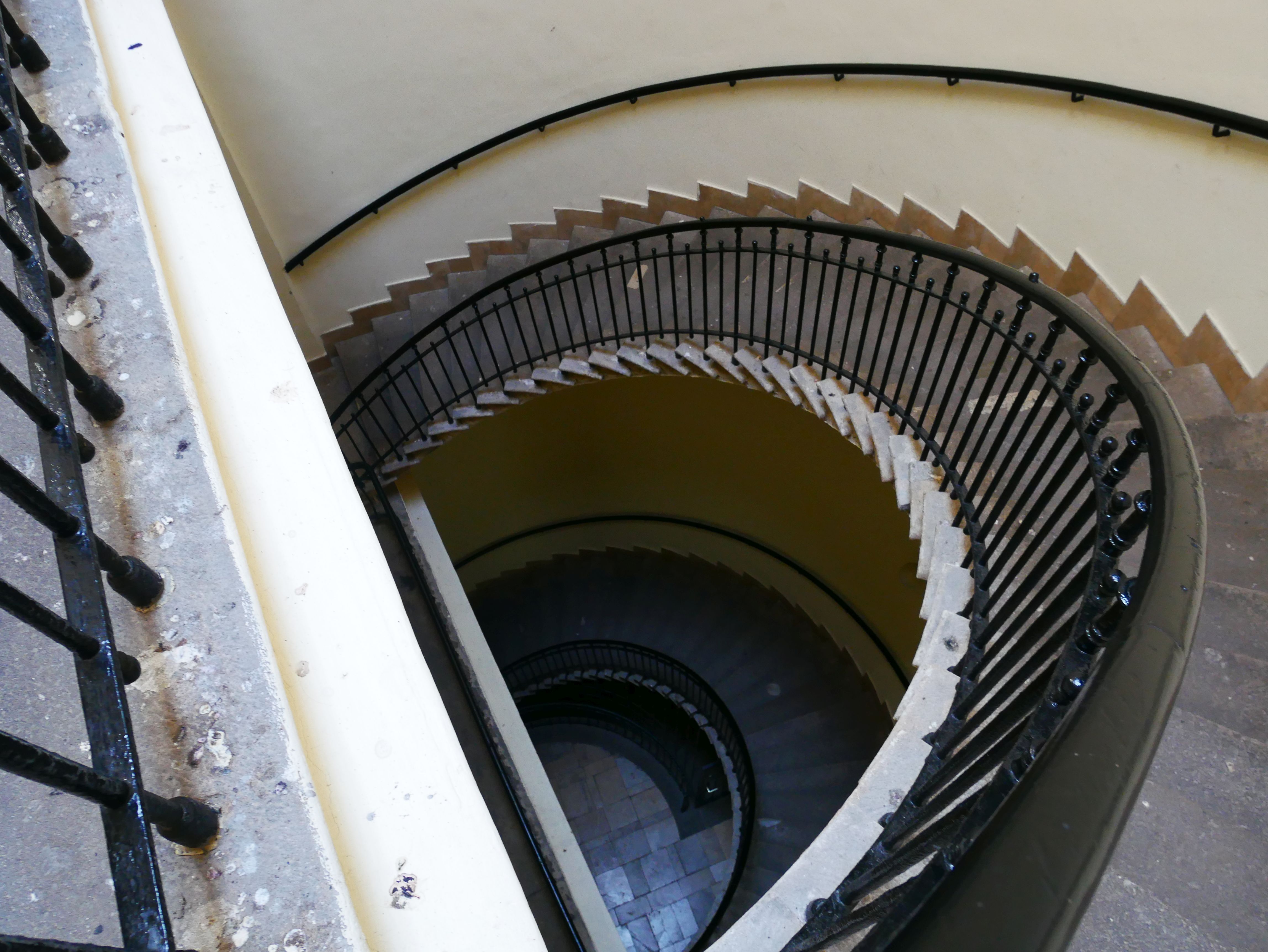
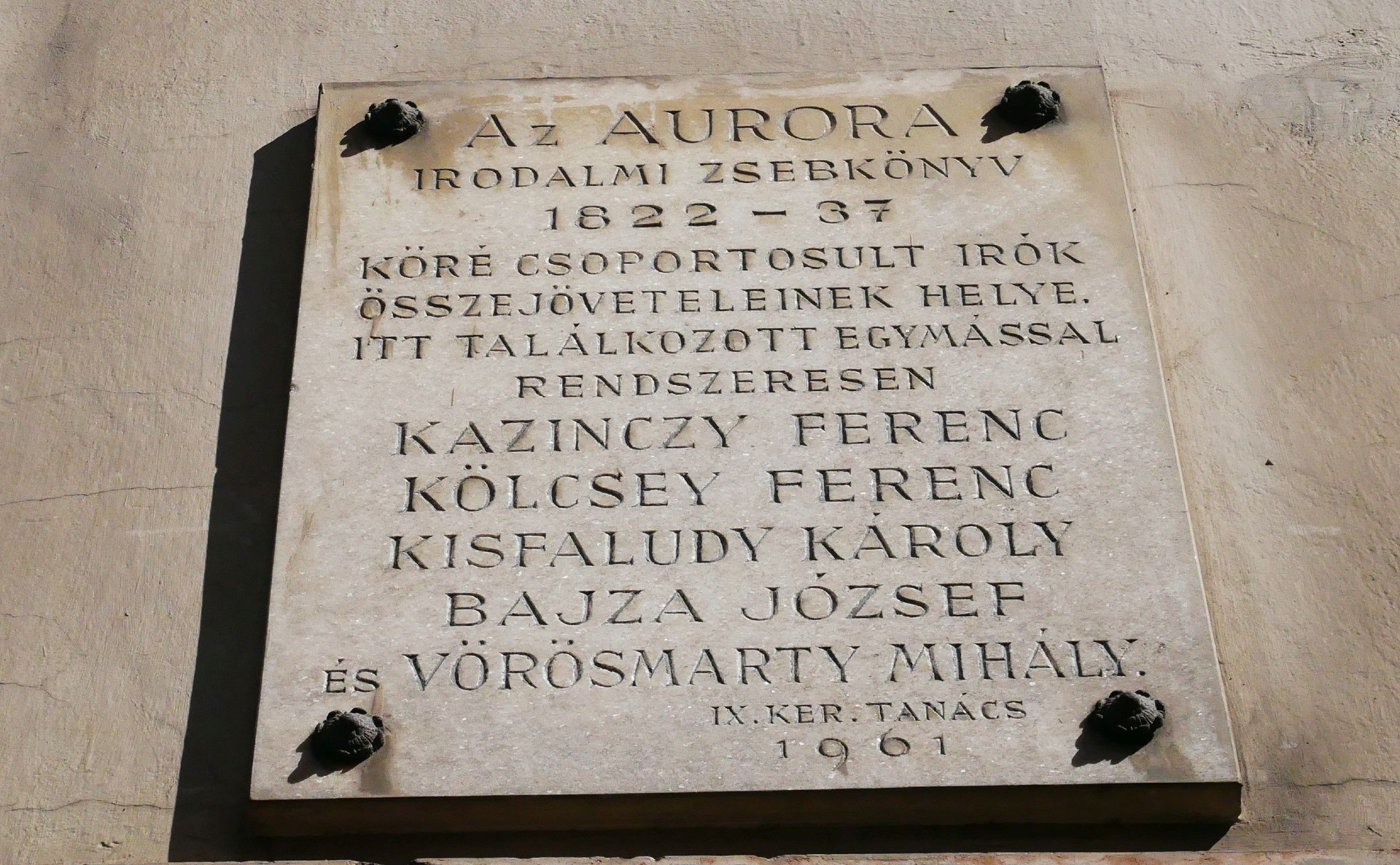
Interior and facade details from 2022 (Photo: Tímea Simon)
Cover photo: Residential house at 17 Üllői Road, on the corner of Erkel Street in 1998 (Photo: Ferencváros Local History Collection)

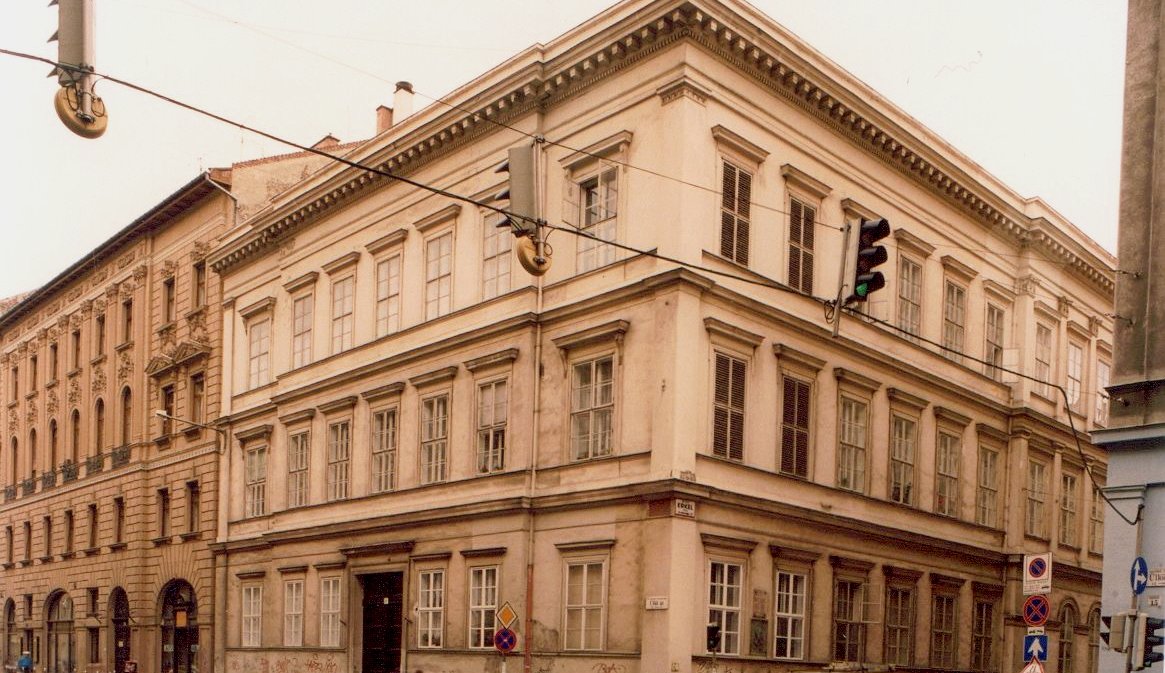


































Hozzászólások
Log in or register to comment!
Login Registration